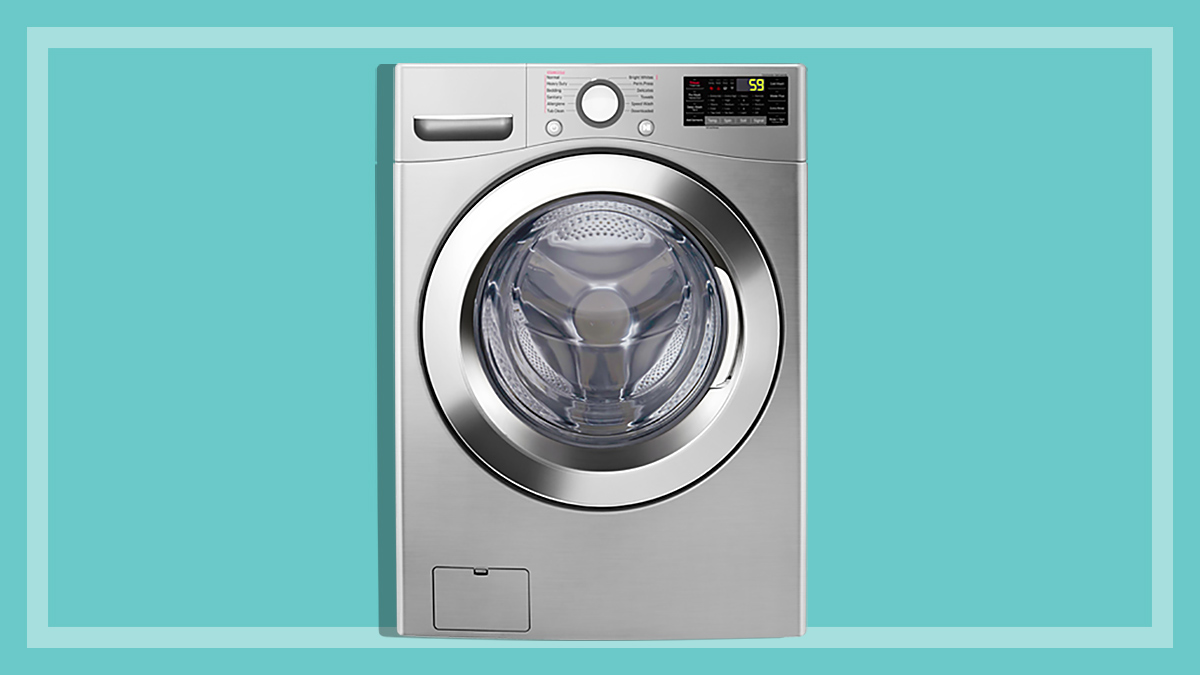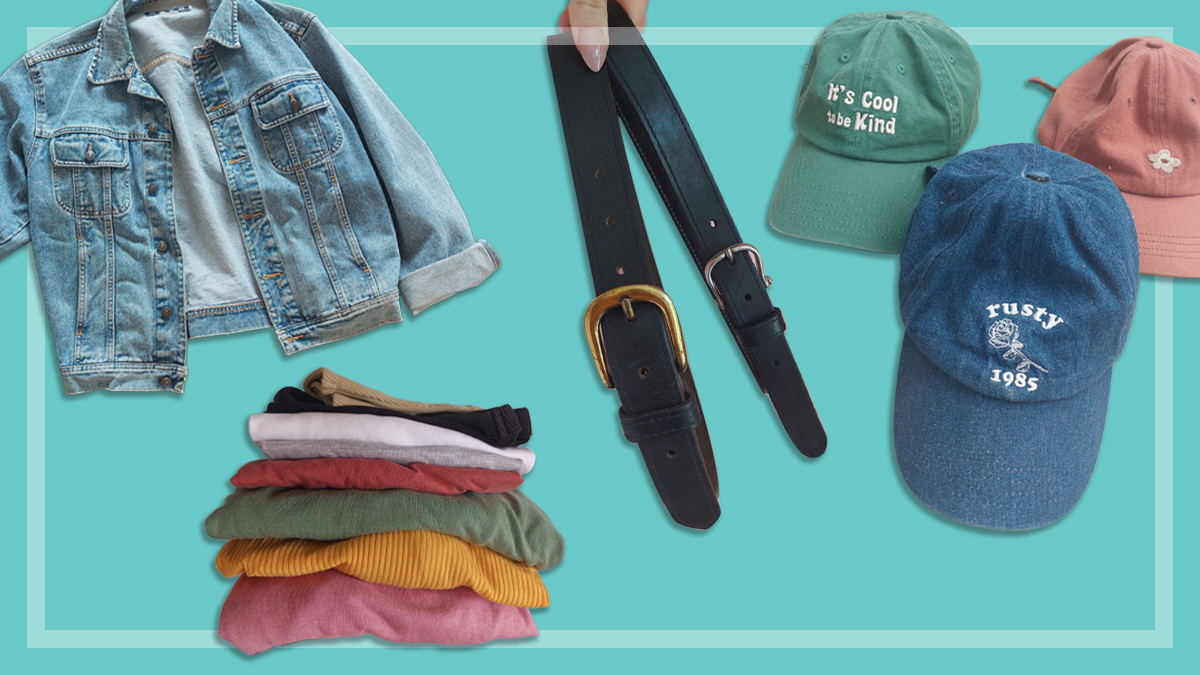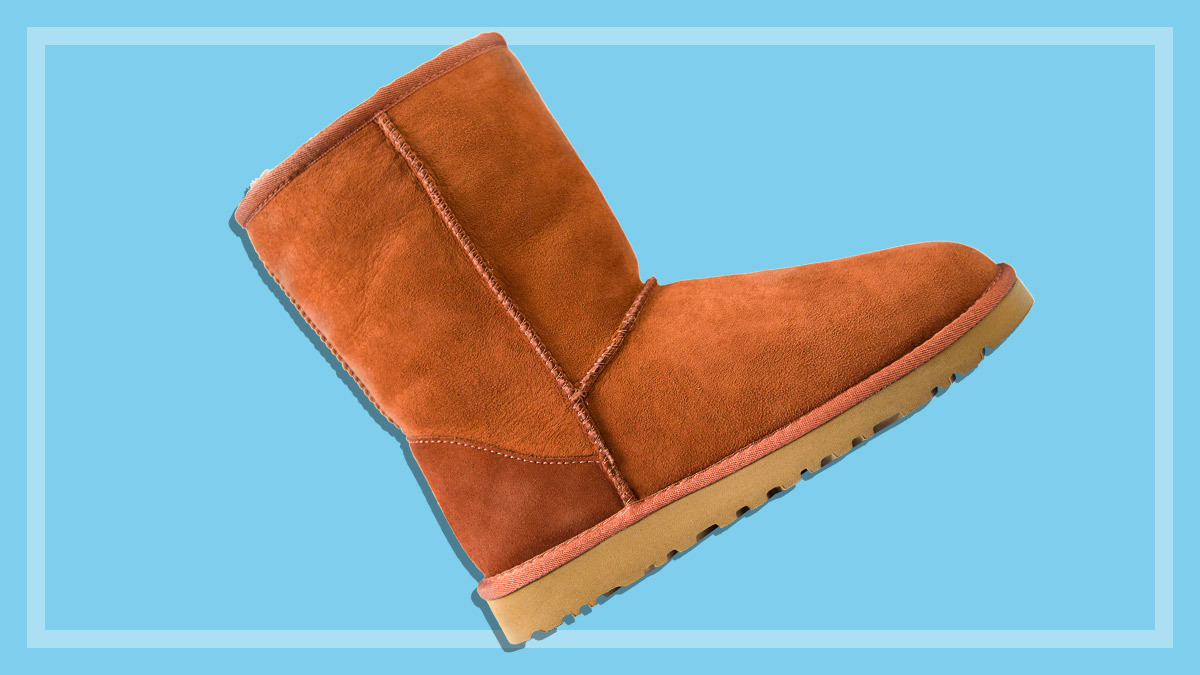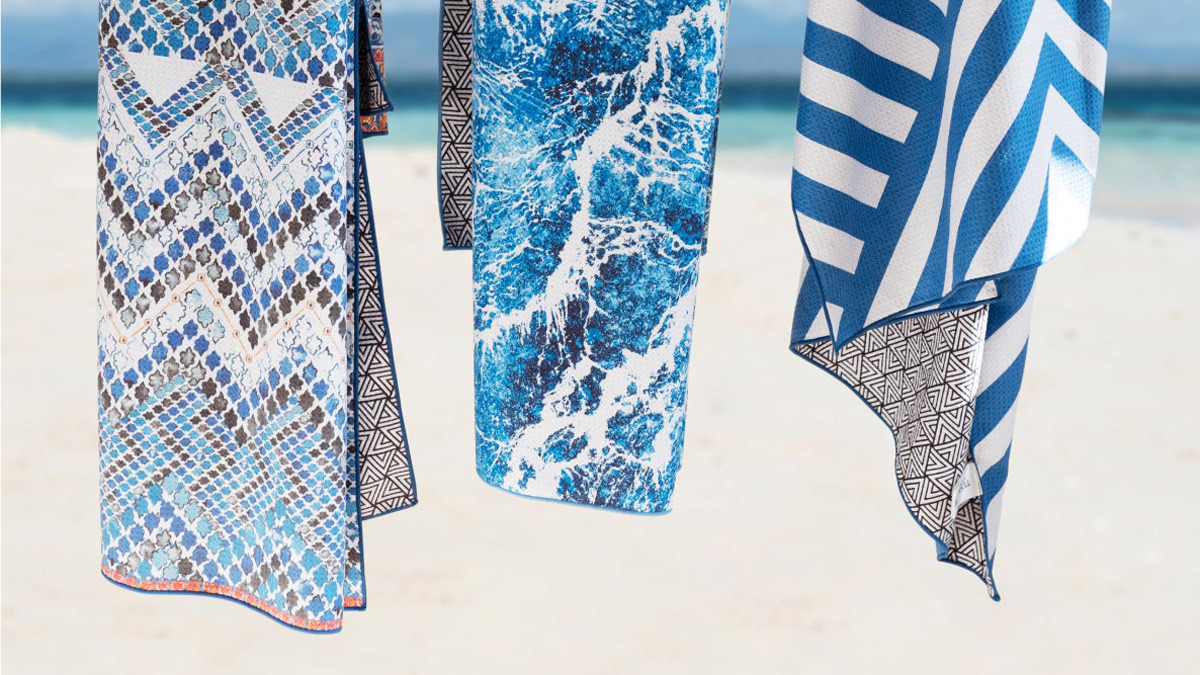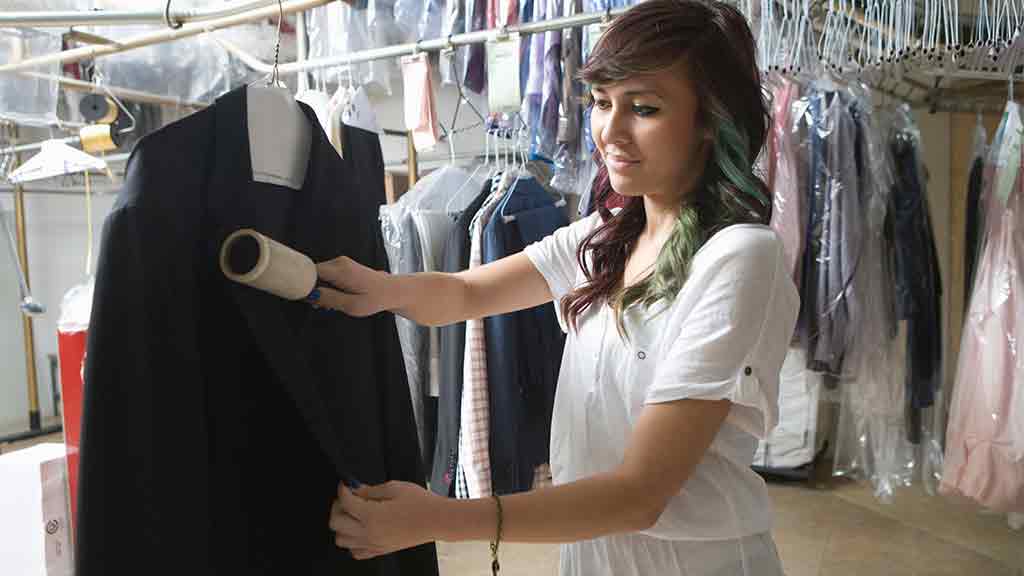Get our independent lab tests, expert reviews and honest advice.
Tights and stockings ladder test
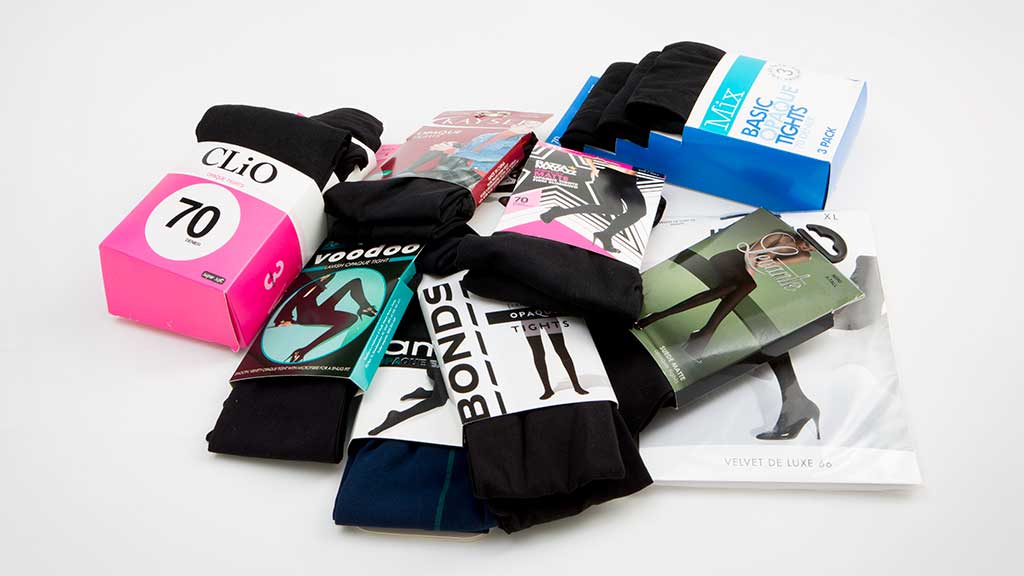
Winter has set in and when it’s freezing outside, bare legs just aren’t going to cut it. Stockings are a winter wardrobe essential for the young and old. In fact, according to Euromonitor International, Australians spent almost $6 million on hosiery in 2015. But arguably one of the biggest questions when it comes to tights and stockings is the quality, particularly how easily some pairs ladder. With so many products on the market, ranging from $3.30 cheapies to a $75 luxury label, is there really a difference in quality? Or are you just paying for a brand name?
On this page:
- The results
- Does price really matter?
- What makes tights durable?
- What does "70 denier" actually mean?
- Statement stockings
- What the experts say
We decided to put tights to the test to answer this question once and for all.
The tights test
CHOICE sent two pairs of tights each from 10 well-known brands off to the Royal Melbourne Institute of Technology (RMIT) textile lab to be tested for laddering resistance. We chose a mix of popular black opaque stockings available at various retailers, including cheap pairs from Big W and Coles through to mid-range Myer products and stockings from the high-end label Wolford. All tights were 70 denier except the Wolford which were 66 denier.
How the testing works
First, a 16cm-long sample of fabric is cut from the stocking and carefully extended to fit on a frame. The sample is pierced to create a punch-hole 2mm in diameter. The fabric is then clamped and gradually stretched at a constant rate until a load of 3kg has been applied. The load at which laddering occurs is noted, and the length of the ladder, including the dimensions of the hole, is measured at the end of the test.
To determine the rankings, each pair of stockings was tested ten times and the results averaged. The stockings were then listed in order of the load at which they began laddering and the resulting hole/ladder size. Each pair of stockings was tested in the same manner.
The results
A score of 1 indicates the best performance, through to 10 as the worst. All stockings laddered quickly, but those that are ranked higher stood up to the stretch test better and had smaller ladders. The poorest performers produced larger ladders under less force.
Of those stockings that received the highest ranking, Clio Super Softs from Big W performed the best and showed the greatest durability. Wolford stockings – the most expensive brand – performed the worst in our test.
| Product | Name | Score | Price* |
|---|---|---|---|

| Clio Super Soft opaque tights (Big W) | 1 | $10 (3 pack) |

| Bonds Comfy Tops opaque tights | 2 | $7.20 |

| Razzamatazz Perfectly Matte opaque tights | 3 | $7.20 |

| Mix Basic soft opaque tights (Coles) | 4 | $10 (3 pack) |

| Voodoo Lavish opaque tights | 5 | $19.95 |

| Levante suede Matte opaque tights | 6 | $19.95 |

| Ambra opaque back-seam tight | 7 | $10 |

| Kmart opaque tights | 8 | $6 |

| Kayser Ultrafresh Treated opaque tights | 9 | $11.95 |

| Wolford Velvet Deluxe 66 | 10 | $75 |
About the lab
RMIT’s Textile Testing Services is a NATA (National Association of Testing Authorities) accredited and independent laboratory providing certified assessment of textiles. They test everything from bed linen and children’s nightwear to carpets and upholstery. Although there is no industry standard for testing tights laddering, the laboratory worked with a major supplier a few years ago to develop a ladder testing method for stockings that subsequently became an internal test procedure.
Does price really matter?
Our spot test of these 10 brands shows that you don’t always get what you pay for. The results clearly show that cost doesn’t necessarily guarantee durability; some of the cheaper pairs we tested outperformed one of the most luxurious brands on the market.
Trudie Orchard, manager of RMIT’s textile testing unit, has 30-plus years’ experience testing materials. She told us: “I rated the results based on the data. We’re objective data – that’s what we’re about. We just give you the results independently under controlled laboratory conditions.”
What makes tights durable?
Hosiery is typically made with different amounts of nylon/polyamide and elastane (Lycra). “The amount of elastane (a stretchy yarn) can alter the way a product performs,” Alexis Belcher, hosiery designer for Ambra, told CHOICE. “Some stockings will have the Lycra on every row and others will have it on every second.”
Lycra fusion is where the Lycra is “fused” to stop laddering, but this won’t always prevent snagging.
“The denier of the yarn in the tights is only one aspect that would impact on the laddering results – knit construction and finish also plays a part in the performance,” says Orchard.
CHOICE contacted Wolford, to ask what differentiates Wolford from other products on the market given the price point, but we didn’t get a response.
What does “70 denier” actually mean?
A denier is a unit of measurement that describes the fineness of yarn or thread based on the weight of the individual fibres. A single strand of silk is around one denier. So the higher the number on the packet, the thicker (and more opaque) the tights are.
Statement stockings
We asked Myer’s hosiery and socks buyer Sarah Yeates what styles are on trend this winter.
“Opaques obviously see uplift in the winter season with key styles across all brands being 40 denier, 70 denier, and 120 denier,” Yeates told CHOICE.
“Trend-wise, we are seeing great reads on our sheers category in the patterns – nude or black sheer hosiery with a pin dot, floral, diamond, [or] baroque pattern, for example. Fashion sheers are definitely making a resurgence!”
What the experts say
When it comes to choosing the right pair of tights for you, stylist Sarah Donges from The Beauty Tutor lists the main criteria to look for:
Fit
Use the guide on the back to choose the correct size for you. ‘One size fits all’ is for woman of an average height (around 160cm); if you tend towards the tall or petite, you’re unlikely to get a comfortable fit.
Reinforced toe
This will help your stockings last longer, avoiding laddering from holes formed where your toes rub against the inside of your shoes.
Control top
A control top provides extra support around the stomach area, and in some brands, around the bottom and thighs as well. A lot of cheaper brands don’t have this.
Finally, to make your stockings last longer, Donges says to wash them in a lingerie bag. “This will not only save them from wrapping around all your washing and over-stretching them, it will also save extra lint that they may pick up.”

